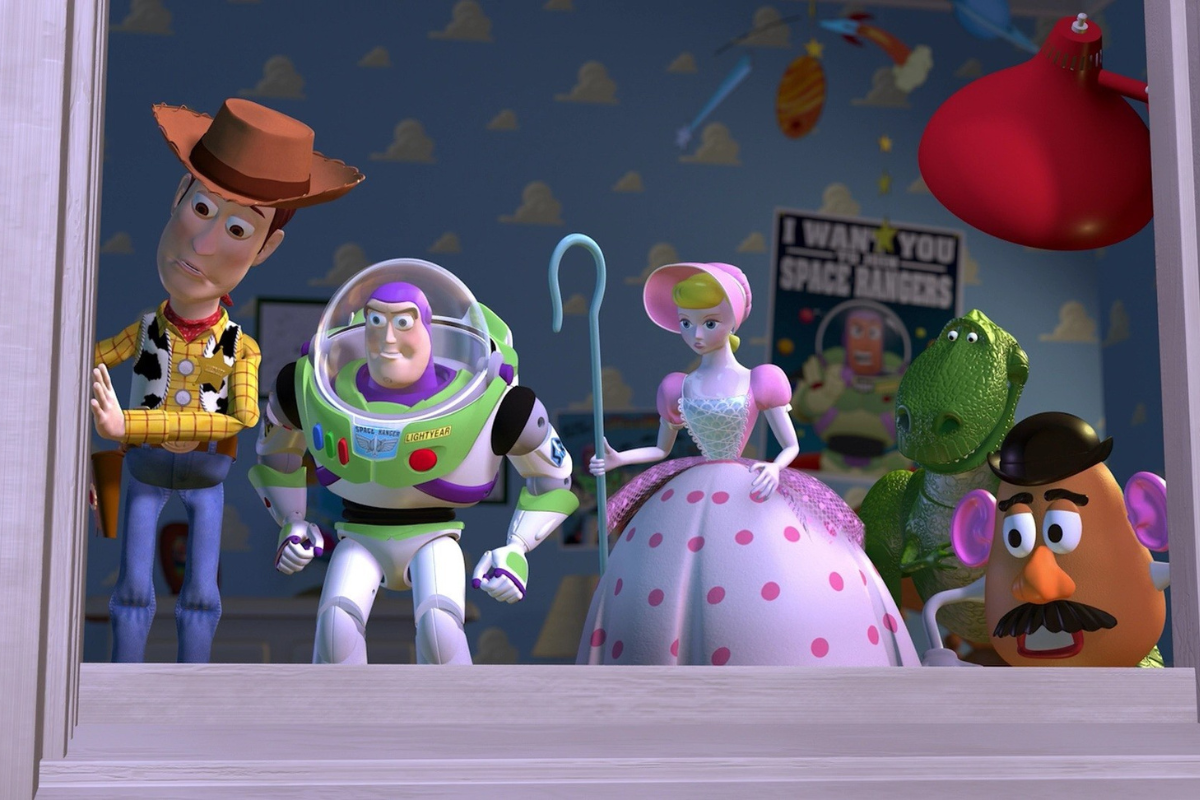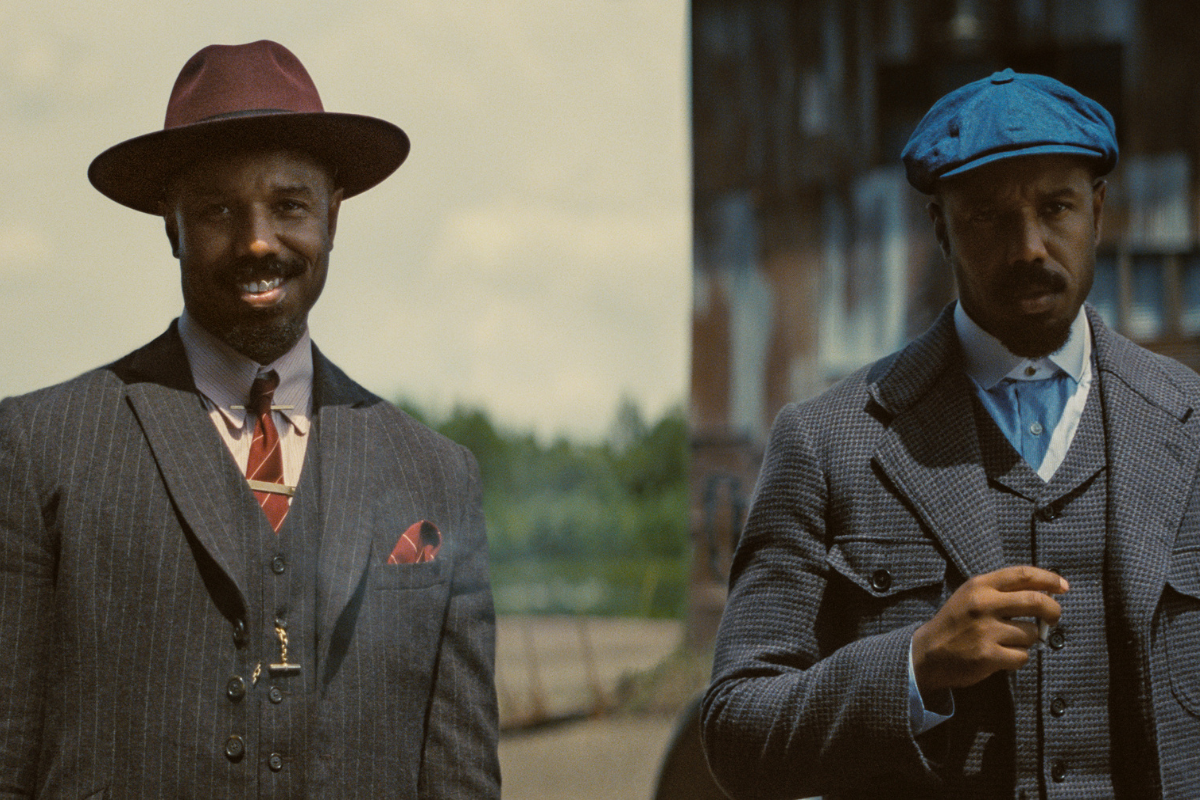WHY SPEC SCRIPTS FAIL: Dialogue Dementia – Common Dialogue Mistakes and How to Fix Them
Stewart Farquhar opines how some “experienced” writers in our digital age either have never learned or have forgotten the function of dialogue. Learn how to write authentic, compelling dialogue.
Stewart Farquhar opines how some “experienced” writers in our digital age either have never learned or have forgotten the function of dialogue. Learn how to write authentic, compelling dialogue.
Stewart Farquhar holds Screenwriting and Advanced Screenwriting certificates from the Professional Program at The UCLA School of Theatre Film and Television. Stewart has analyzed over 6,500 scripts for private and studio clients. Follow Stewart on Twitter @stewartfarquhar.
Dialogue: a written composition in which two or more characters are represented as conversing.
Dementia: a usually progressive condition (such as Alzheimer's disease) marked by the development of multiple cognitive deficits (such as memory impairment, aphasia, and the inability to plan and initiate complex behavior) - Merriam Webster
When characters have different goals and are intent on achieving them, conflict results. If the stakes are high and both sides are unyielding, you have the makings of high drama. - James N. Frey
If the many samples I receive from novice and some “experienced” writers today are a true example of what has occurred in our digital age, these scribes either never learned or have forgotten the function of dialogue.
What a character says instantly reveals the skill of the writer. After the general appearance, format, style and length, and if sub-par, dialogue is a prime reason for novel or screenplay rejection. This can take less than 10 seconds to determine and is accurate 99% of the time.
Dialogue is an essential part of a play, important in a novel, and least significant in a screenplay. That does NOT mean screenplay dialogue is not important. Many writers have no clue about its function in the various forms of writing. Or what level of importance dialogue occupies in each form.
To review this important story element and how it communicates with an audience consider:
- In a novel, it’s what characters say to an audience of one.
- In a play, it is what characters say from one or a few locations to an audience of many.
- In a film, it is what characters say, do and the audience sees in multiple, sometimes changing, locations.
- In real life, it is some combination of or absence of many of the above.
In a stage play the dialogue carries the story. A prime example is Who’s Afraid Of Virginia Wolfe? By Edward Albe. The screenplay by Ernest Lehman does an excellent job of following the play but in cinematic form.
In a play, novel or film it is first what’s seen in the mind’s eye of the reader that will determine whether or not what is written ever progresses out of the writer’s wishful thinking stage. In each case what the characters say is not what is heard in the real world, it’s a facsimile. What remains with an audience is more what happens than what is said. "I’ll be back" and "Go ahead, make my day" are more promotional than emotional lines. What the character did, or the emotion expressed (a form of action / reaction), is what made the words memorable.
Some stories can be the exception when it comes to the expression of theme, plot and conflict via dialogue. One notable example is White Hills Like Elephants by Ernest Hemingway. It is almost entirely dialogue. This technique is problematic in a screenplay where the emphasis is on the visuals.
From a screenplay perspective, where does dialogue fit into all this?
As is true in each of the above forms, dialogue is a character’s reaction to other characters or situations. And, yes, a myriad of other items such as time period, plot, setting and even unseen characters enhance the value of what’s spoken. But in this article let’s isolate dialogue and how it is used.
Given that dialogue is a reaction why do many screenwriting courses bang on about the pre-eminence of dialogue when action is more important in movies? The good ones don’t. They emphasize better and succinct dialogue and this is why.
In a movie, the story is told in a variety of ways. The words the actor’s speak are not as important as what their actions and expressions are as they talk, or even the location where the scene takes place. All of this is modified or enhanced by the environment, i.e. the lighting, camera moves, music and other directorial choices.
Good dialogue is not people talking. Good dialogue is two or more people talking with a point of view and an agenda. Most real world dialogue is about as exciting as watching the grass grow. To be captivating and essential, good dialogue must contain a degree of conflict, even if only in the subtext. NO DULL EXPOSITION.
In each of the above, play, novel or film, the writer must distill the conversation down to the bare essentials. In film even more so. What the characters say is about creating the impression of the real-life conversation rather than replicating it.
Consider two lovers on a stroll in the park. If they just discuss the weather, the plants, or the children as they frolic around, not only do we not care, we soon lose interest. However, if their conversation is about where their relationship is headed, the date of their wedding, or whose parent should make the first toast, then we, as the audience, gain insight into each character. Subtle conflict is a window to each character’s soul. Conflict is not necessarily a knockdown drag-out. An expressed strong or subtle alternate opinion is also conflict.
To illustrate that, take a look at this novel-style dialogue example.
Notice what’s taken out and what is not said and how.
AND what the audience, in this case the reader, is allowed to infer.
As written…
"Where do you wanna go for dinner, Yazmin?"
"You got any place in mind?" she enquired.
"Italian,” Sergio offered. "And how about that Cheesecake Place?" he added.
"Cheesecake's my favorite," Yazmin replied.
"Then later a movie?" “Or that new disco?” Sergio said cautiously.
"Maybe," Yazmin said. "But I've a better idea."
A straight-forward conversation between a man and a woman. Rather boring.
As re-written...
"Where do you wanna go for dinner, Yaz?"
"What do you have in mind?"
Sergio picked at his nails. "Italian?”
"Or we do that new Cheesecake Palace."
"Cheesecake's my fav."
"Later a movie, then onto that new disco?” Sergio offered.
"One option," Yazmin smiled as she topped off two tall champagne flutes.
“But I’ve a better idea.”
“As re-written” allows the audience to determine each character’s motivation, action and intent via subtext.
As the cinematic media is more visual than aural (dramatic music aside) what’s written on the page determines what’s painted on the screen. In particular, light-hearted dialogue can underpin and enhance serious visuals.
As a contrast to the novel, consider the dialogue in this excerpt from Pulp Fiction by Quinton Tarantino:
Vincent and Jules take in the place, with their hands in their pockets. Jules is the one who does the talking.
JULES
How you boys doin'?
No answer.
JULES
(to Brett)
Am I trippin', or did I just ask
you a question.
BRETT
We're doin' okay.
As Jules and Brett talk, Vincent moves behind the young Guys.
JULES
Do you know who we are?
Brett shakes his head: "No."
JULES
We're associates of your business
partner Marsellus Wallace, you
remember your business partner
dont'ya?
No answer.
JULES
(to Brett)
Now I'm gonna take a wild guess
here: you're Brett, right?
BRETT
I'm Brett.
JULES
I thought so. Well, you remember
your business partner, Marsellus
Wallace, dont'ya Brett?
BRETT
I remember him.
The apparent light-hearted banter, change of focus and the obvious control exerted by Jules indicates, via the subtext, that something serious is about to happen to Brett and his friends. However, it is the action by both Jules and Vincent, as they surround the boys in the room, supported by Jules’ dialogue that “tightens the noose.” Jules’ speech and the quite behavior of Vincent, after his previous animated conversation with Jules, heightens the tension. Note the buildup to, “Somebody’s in for a Whoopin’.”
In screenplays, what characters do and what they don’t say is in many cases stronger than a lengthy stretch of dialogue. Although Tarantino is known to infuse more action into his scenes during shooting than is shown on the page, what dialogue he uses is tight and suggests action. Christopher Nolan in Dunkirk breaks all the “rules” of action vs. dialogue vs. black ink vs. character development. They have a long successful track record.
Excessive non-character specific use of common place conversation, Hi-Hello-So-See ya-Bye etc. indicates a writer who transcribes overheard dialogue in an attempt to sound realistic. Occasional common place interchange is easy to fix. However, if it’s throughout the piece, this typically indicates excessive “detailitus” in order to tell vs. show and in some way micromanage the work. Now it requires a page one re-write. Common place dialogue won’t work in a screenplay and is discouraged in a novel.
Great dialogue doesn’t sound real. It’s an amplified facsimile of reality. Fake dialogue, on the other hand, is obvious, especially when used to convey information vs. a reaction to what the other character(s) say or do.
The way to keep an audience reading, watching and / or listening is to never let your characters be explicit in what they say or want. This encourages, more than allows, audience participation as they discover along with your characters. The audience then becomes a willing participant in the journeys you weave into your story.
Although memorable “Tag Lines” may promote your work, action and reaction is more important than what is spoken. It’s what your characters do more than what they say that resonates with an audience. In order to maintain that connection keep your dialogue-only scenes as brief as possible. What dialogue and action you write should be filtered through a cost benefit analysis. Consider the dollar value of each word. As I mentioned above, scribes like Tarantino and Nolan have caché. They and their ilk can do whatever they want to a degree. They are the exception vs. the rule.
Consider the “word cost” vs. meaning in this example:
Remember, in both dialogue and action each word costs you five dollars. = 12 words
Remember, in both dialogue and action each word costs $5. = 10 words
Dialogue and action words cost $5. = 6 words
Did the meaning change? Is what you read more succinct? Fewer words allow more room for story in the allotted 80,000 word novel or 100-110 page screenplay. Not all actions need to be shown and not all words need to be spoken. Sometimes the more powerful action is inaction and the more powerful dialogue is silence. This is why as often as possible you should start a conversation in the middle and stop before the end.
Cut dialogue to the bare minimum. No scenes of two people discussing a third. If there is a need for exposition, spread it out over several scenes and, if possible, multiple characters. Or find a way to do it rather than say it.
Condensed dialogue can be used to “set the scene,” “advance action,” “foreshadow events,” “remind a reader” (sparingly), and to "provide insight into character”. Let limited dialogue convey the subtleties of subtext.
Dialogue supports action in each scene and this “symbiotic relationship” must build to a climax. Then each scene’s action, dialogue and climax, must drive your story to the ultimate climax.
It’s also not necessary to follow the maxim, “Keep a Character’s Speech Consistent.” A character’s language, speech patterns, structure, volume and intensity varies depending on the other character’s relationship, age, sex and educational, social and intellectual level.
In some cases, characters who speak in sentence fragments that are specific or unique to them, may sound more realistic than complete grammatically correct sentences. Consider their use when it helps define a character. A difference in speech patterns is one way to highlight the various character personalities. This along with minimal punctuation, word choice and sentence length creates rhythm in your work. That rhythm must be both unique and consistent for each character and depends on where, when and to whom they speak. When you balance long sentences with short ones the unique cadence helps your words flow. This is why it’s important for you to read it, or have it read, out loud.
A note regarding punctuation. Colons, semi-colons and exclamation points in a screenplay are rarely, if ever, necessary and should be used sparingly in a novel. Dashes indicate an interruption and ellipses show that a character either pauses for emphasis, does not complete a thought or moves out of earshot. Even ellipses are unnecessary if a valid and supportable action is introduced that forces a “mental” pause. Periods must be included unless replaced by other punctuation. The last may seem obvious, but you’d be surprised how many go missing.
If all this seems like “Just More Rules,” take heart. These represent some of today’s conventions. Just as Elizabethan, Victorian, and the vernacular de jour evolved, so too will these conventions. Rather than fight, just use. When you are a success, then write and / or direct the way that works for you.
First learn to be a storyteller, then a wordsmith and finally a grammarian. Work the rules to your advantage. Use succinct, crisp, revealing dialogue to promote your skill as a writer. Your readers will love you for it.
Screenwriters University's Seven Weeks to your TV Spec Script
REGISTER TODAY!
Stewart Farquhar holds Screenwriting and Advanced Screenwriting certificates from the Professional Program at The UCLA School of Theatre Film and Television. Stewart has analyzed over 10,000 scripts for private, agency and studio clients. He is a produced playwright, active screenwriter and an in demand lecturer. He presents as a guest lecturer in Master’s Level screenwriting programs at UC Berkeley and Loyola Marymount University. He has been a final story analyst for both Slamdance and scripts headed to Cannes for funding. Visit Stewart's site TheReadersCompany.com and follow him on Twitter, Facebook, and LinkedIn. Email: stewart@thereaderscompany.com







